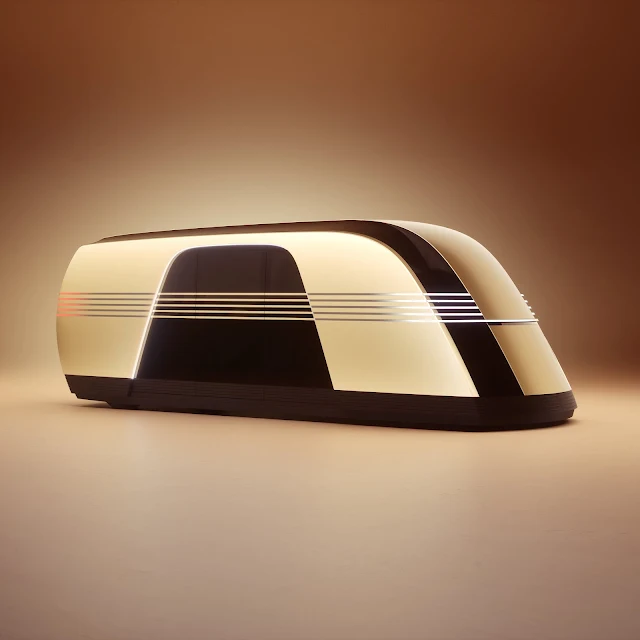Tesla's New Self-Driving Cab “Cybercab”: No Driver Required
Tesla also plan to use AI for teaching it
 |
A Cybercab with wing-like doors. Image: Tesla |
Elon Musk's vision of a fully autonomous future took a significant step forward with the unveiling of Tesla's long-awaited robotaxi, the Cybercab. The futuristic vehicle, showcased at the Warner Bros Studios in Burbank, California, is designed to operate without human intervention, marking a pivotal moment in the evolution of transportation.
A Driverless Revolution
The Cybercab, featuring a sleek design and innovative technology, is a stark departure from traditional vehicles. It boasts two wing-like doors, no pedals or steering wheel, and a futuristic aesthetic that hints at the possibilities of autonomous driving. Musk envisions a future where these robotaxis could become a common sight on city streets, offering a safer and more efficient mode of transportation.
 |
Image: Tesla |
Safety, Efficiency, and Revenue
Musk remains steadfast in his belief that fully self-driving vehicles will surpass human drivers in terms of safety. He envisions a future where these vehicles could even generate revenue for their owners through ride-sharing services. However, investors have been more cautious, as evidenced by the decline in Tesla's stock price following the announcement.
Challenges and Skepticism
Despite the excitement surrounding the Cybercab, several challenges remain. Questions have been raised about the feasibility of producing the vehicle at the projected cost of under $30,000 within the stated timeframe. Analysts have expressed concerns about the potential difficulties in achieving this goal without external subsidies or significant losses.
Safety concerns also loom large. While Musk is confident in Tesla's self-driving technology, experts caution that the transition to fully autonomous vehicles will require rigorous testing and stringent regulations to ensure public safety.
A Vision for the Future
Beyond the Cybercab, Musk also unveiled a prototype for a "Robovan," a larger autonomous vehicle capable of transporting up to 20 passengers. These vehicles could become a valuable addition to urban transportation networks, offering a more efficient and sustainable alternative to traditional buses.
While the road to fully autonomous driving may be filled with challenges, Tesla's Cybercab represents a significant milestone in this journey. As technology continues to advance, the vision of a future where driverless vehicles are a common sight may become a reality sooner than we think.

